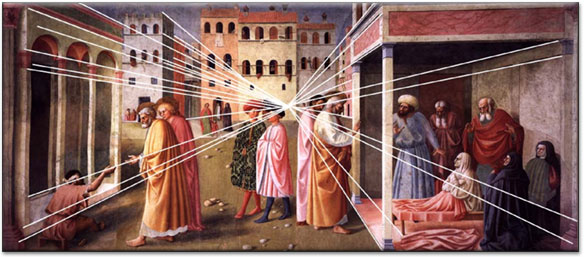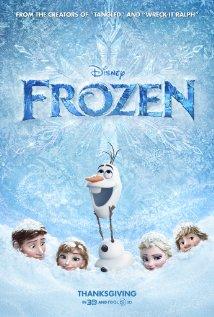When I thought about medicine and medical technology, I did not associate them with art. I believed that medicine was a science besides the interpersonal and emotional aspects of patient treatment, and it surprised me to find out that it started out as an art form. Medical art started out with dissection and drawing of the human body. Art draws its inspritation from natural, especially life. After considering the above, it is not that surpirisng that medicine is considered as an art. The dissections and drawings gave people a better understanding of the complex human body, which later lead to technological advancements for improved medical treatment. With the advent of modern imaging technology, we can nonintrusively and accurately recreate the internal structure of the human body. In our pursuit of comprehending the human condition and life, modern imaging technology provides us with a different perspective.
CT scan - Imaging in medicine (3/13)
MRI - Imaging in medicine (6/13)
Life looks really different through an MRI machine
Not only are MRI images beautiful, but also they serve as an "acoustic mirror" for introspection and reflection (Casini). It allows us to learn more about what we are and what it means to be human.
Artistic Prosthetic Limbs
Prosthetics is a field where the art aspect of medicine is more prominent.
I agree that the Hippocratic Oath is outdated in several places. For example, it forbids surgery (which was a separate craft at the time), euthanasia, and abortion. The latter two are highly controversial matters in modern soceity, and the former is an effective last resort when other nonintrusive medical treatments have failed. I do believe that the other points made in the Hippocratic Oath are valid, especially those regarding doctor-patient confidentiality, forbiddance of causing harm, and treatment of the patient and not the ailment. I believe that the Hippocratic Oath serves not as a binding oath but as a guideline for doctors and a momento of medicine's origins.
Works Cited
Casini, Silvia. “Magnetic Resonance Imaging (MRI) as Mirror and Portrait: MRI Configurations Between Science and Arts.” (n.d.): n. pag. Web. 26 Oct. 2012.
CT Scan - Imaging in Medicine (3/13). YouTube, 2008. Film.
Flint, Anthony. "Hippocratic Oath Loses Favor with Doctors Vow Fails to Address Modern Standards." Baltimore Sun 14 Aug. 1991. Baltimore Sun. Web. 26 Apr. 2015. <Hippocratic oath loses favor with doctors Vow fails to address modern standards>.
Geek, Uber. "Prosthetic Limbs That Are Not Only Functional But Also Works Of Art." Wonderful Engineering. Wonderful Engineering, 1 Jan. 2014. Web. 26 Apr. 2015. <http://wonderfulengineering.com/prosthetic-limbs-that-are-not-only-functional-but-also-works-of-art/>.
Life Looks Really Different through an MRI Machine. YouTube, 2014. Film.
MRI - Imaging in Medicine (6/13). YouTube, 2008. Film.
Panda, Sadhu Charan. "Medicine: Science or Art?" <i>Mens Sana Monographs</i> 4.1 (2006): 127-38. <i>PubMed Central</i>. Web. 27 Apr. 2015. <http://www.ncbi.nlm.nih.gov/pmc/articles/PMC3190445/>.
Tyson, Peter. "The Hippocratic Oath Today." PBS. PBS, 27 Mar. 2001. Web. 23 Apr. 2015. <http://www.pbs.org/wgbh/nova/body/hippocratic-oath-today.html#classical>.








